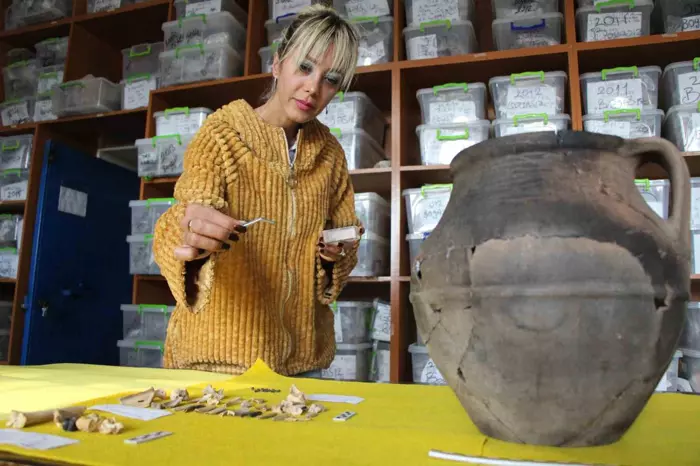
2500-year-old Persian food was found in Oluz Mound excavations
At Oluz Höyük (Oluz Mound), with settlement layers dating back to around 4500 BC, 2,500-year-old food remnants were discovered in the palace kitchen from the Persian period.
Bone fragments and cereal grains found inside a clay pot closely resemble a dish known as “keşkek” today.
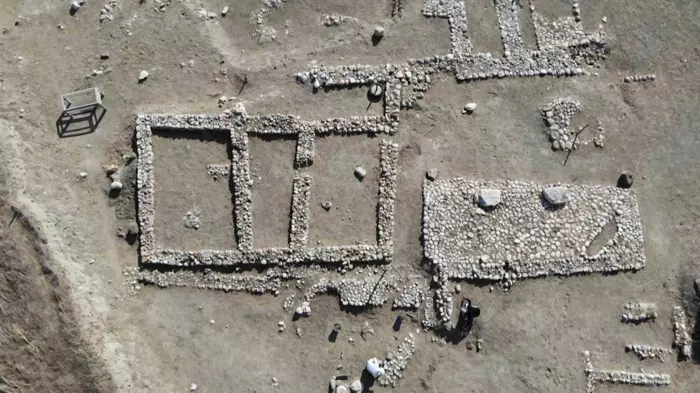
Prof. Dr. Şevket Dönmez, the head of the excavation and a professor of Protohistory and Near Eastern Archaeology at Istanbul University, stated, “It closely resembles the beloved Anatolian dish keşkek. The shape of the pot we found and the ingredients inside closely match the keşkek culture of today.”
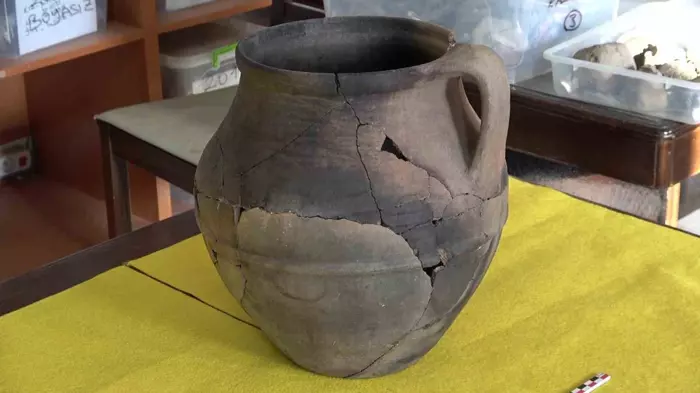
After encountering the monumental entrance and kitchens of the Persian palace during their continued work, they found numerous animal bones, grain remnants, and grinding stones. Prof. Dr. Dönmez remarked, “In the newly found cooking pot, we discovered animal bones belonging to sheep and cereal remnants. We believe these could be the remnants of a dish similar to Anatolian stew or keşkek.”
📣 Our WhatsApp channel is now LIVE! Stay up-to-date with the latest news and updates, just click here to follow us on WhatsApp and never miss a thing!!
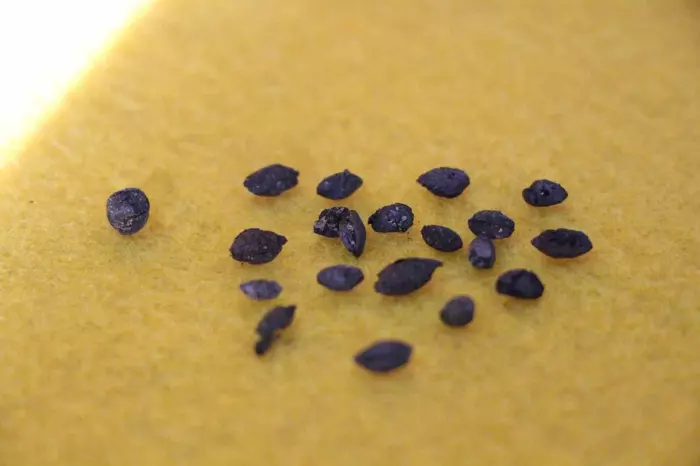
Highlighting the excitement of the excavation as they encountered the 2,500-year-old Persian road and complexes such as the first-ever found “ateşgede” and a multi-columned place of worship in Anatolia, Dönmez expressed gratitude to the Ministry of Culture and Tourism’s General Directorate of Cultural Heritage and Museums, the Turkish Historical Society, Amasya Governorship, and Amasya Municipality for their support in the excavation project.
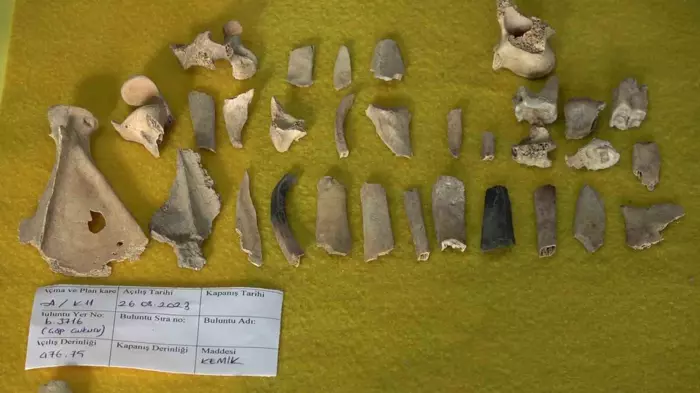
You may also like
- A 1700-year-old statue of Pan unearthed during the excavations at Polyeuktos in İstanbul
- The granary was found in the ancient city of Sebaste, founded by the first Roman emperor Augustus
- Donalar Kale Kapı Rock Tomb or Donalar Rock Tomb
- Theater emerges as works continue in ancient city of Perinthos
- Urartian King Argishti’s bronze shield revealed the name of an unknown country
- The religious center of Lycia, the ancient city of Letoon
- Who were the Luwians?
- A new study brings a fresh perspective on the Anatolian origin of the Indo-European languages
- Perhaps the oldest thermal treatment center in the world, which has been in continuous use for 2000 years -Basilica Therma Roman Bath or King’s Daughter-
- The largest synagogue of the ancient world, located in the ancient city of Sardis, is being restored











Leave a Reply